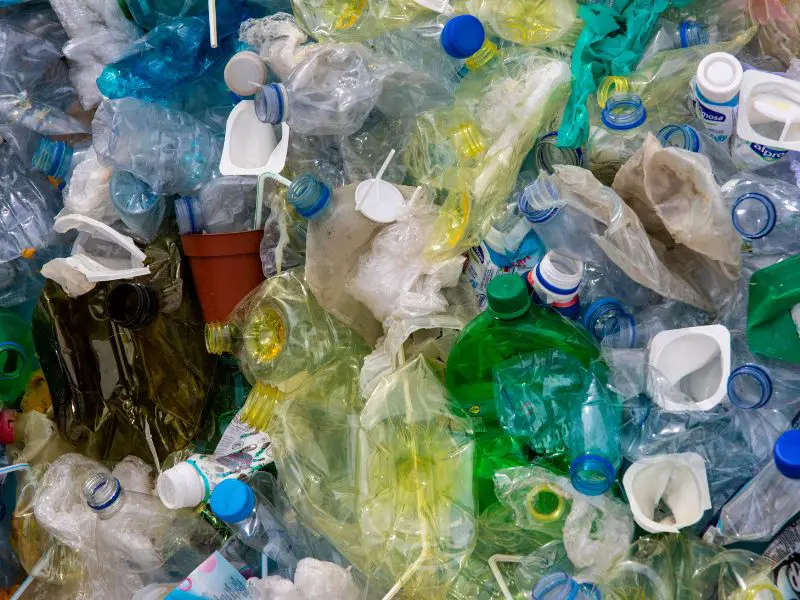According to a United Nations report, climate change is an urgent problem: by 2050, the global surface temperature will have increased by at least 1.5 Celsius. And while developing countries are expected to bear most of the brunt of this damage, the developed ones will still face adverse effects in the form of natural disasters and economic insecurity.
In response to these growing concerns, scientists have been working on new ways to reduce our carbon footprint. Take a look at the 7 Technological Solutions to Climate Change and find out how they can help the world.

7 Technological Solutions to Climate Change
In many ways, 2016 was an important year. When the Paris Agreement on Climate Change went into effect, it was one of the most critical times.
But tech billionaire and philanthropist Bill Gates say we need much more than a cut in global emissions to solve our climate problem. “We need an energy miracle,” he says.
So, he and some of the wealthiest people in the world started a fund to invest in technology-based solutions. It will bring together billionaire investors, research institutions, and governments to try to stop climate change.
Here are seven new technologies that might help us combat climate change for both current and future generations — without spoiling Earth’s natural beauty or endangering our long-term survival prospects.
1. Cheap and Safe Sustainable Energy
We already know that nuclear power is a way to make electricity without releasing carbon, but we haven’t found a way to use it that is both safe and cheap. We may be getting closer to a solution, though.
General Fusion hopes to be the first company in the world to develop a nuclear fusion energy power station that is commercially viable.
2. Supercapacitor
Transport accounts for 23 percent of worldwide CO2 emissions. Moreover, demand for transportation will continue to rise.
We have already discovered alternate ways to power cars, such as using electricity. Still, to do so on a large scale, we need batteries and battery-charging technologies that are far more efficient.
According to researchers at the University of Surrey, a significant step has been taken in this area of research. They claim to have found new materials that can provide an alternative to batteries and have demonstrated that they are between 1,000 and 10,000 times more potent than the current alternative to batteries – it’s often called a supercapacitor.
3. Remote Working
As demonstrated by the COVID-19 pandemic, many office duties may be performed successfully from home, potentially reducing transportation and office building emissions. The primary source of carbon emissions in the industrialized world is commuting. Remotely working is one of the solutions we need to reduce these transport emissions.

Related: 10 Best Home Office Plants for a Green Workspace, Best Way to Grow Herbs Indoors
4. Genetic Modification
Climate change might eliminate crops as popular as coffee, cocoa, and maize in the following years due to the increasing danger of drought, flooding, and pests.
Meanwhile, genetic modification might protect crops from these disturbances by introducing pest-resistant, drought-resistant genes or enduring saltwater from increasing sea levels.
5. Plastic Eating Enzymes
If current trends continue, the world will have 12 billion metric tons of plastic garbage by 2050. That equates to 1.6 metric tons, or the weight of a midsize car, for each individual in the world.
All this plastic is wreaking havoc on wildlife and may endanger human health by penetrating the food and water we use.
An accidental scientific breakthrough could change how we handle plastic.
A team of Japanese scientists has unintentionally created an enzyme that can dissolve plastic in a matter of days – a process that typically takes nature hundreds of years.

Related: How Does The Plastic Pollution Crisis Affect You?, Compostable Bags and Their Environmental Impact
6. Big Data
Big data is a hugely massive data sets. The data gathered can be used in farming, beginning with the seed to the weather conditions during the growing season.
The capability of digital platforms to automatically gather information, conduct analysis, and provide insights is enabling farmers to make better-informed decisions at each step of each season. This, in turn, can lead to larger harvests, better efficiency and sustainability, and, perhaps, a rise in farmers’ profits.
7. Plant-based Meat
As compared to plant-based proteins, cattle and lamb use around 20 times the amount of land and emit approximately 20 times the amount of greenhouse gasses for each gram of edible protein.
While satisfying meat cravings, affordable plant-based goods that imitate the feeling of eating beef might curb the increase in worldwide beef consumption.

Meanwhile, companies such as Impossible Foods and Beyond Meat are already making news by generating plant-based “beef” that looks, sizzles, tastes, and even bleeds like the real thing. These companies have developed their “beef” by using genetic engineering techniques.
Author’s Note
Many technologies and innovations might help humanity in its quest to avoid climate and environmental catastrophes. But, what is more, important is that we have finally realized how bad the problem is and how much of a difference we can make. It may not be soon enough to prevent mass extinctions and sea-level rise, which could have devastating consequences for human civilization. Nevertheless, it wouldn’t hurt anyone to start working on our solutions.


6 thoughts on “Technological Solutions to Climate Change: The Top 7 Innovations That Can Make A Difference”